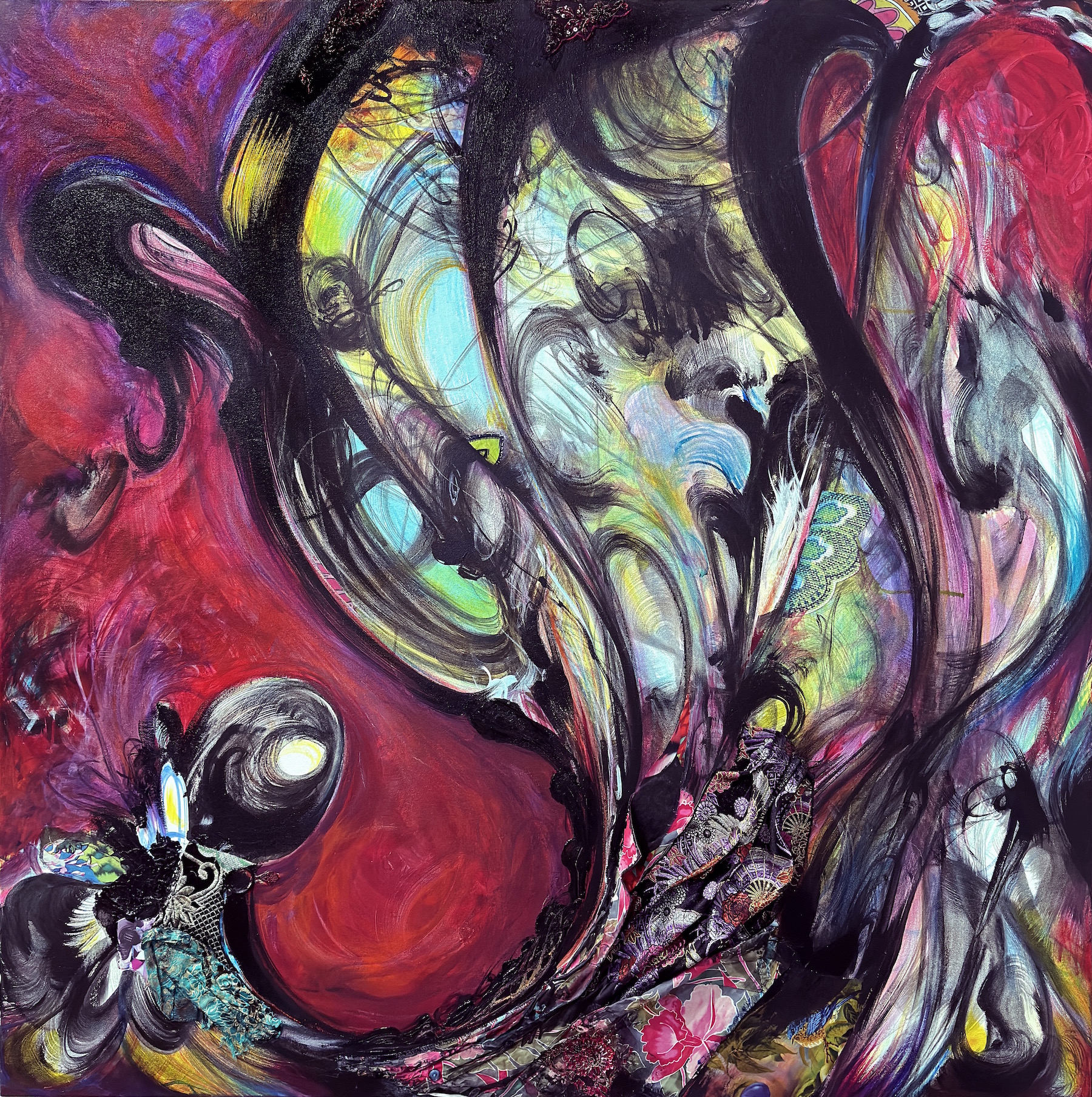“Language is the bottom line of all my work,” Pedro Zylbersztajn told me over Zoom this spring, “and also the beginning of it.” From such a linguistic genesis, critical expressions have emerged in modes as varied as drawing, video, installation, and performance, but Zylbersztajn had been grappling with language and the way it moves through the world—as knowledge, as information, as rhetoric—for years before he took up art making.
Pedro Zylbersztajn: three Digestions, 2023.
Born in São Paulo in 1993, Zylbersztajn studied graphic design and printmaking before working in art publishing, which amplified his interest in discursive networks as a locus of creative potential. In 2016 he enrolled in the MIT graduate program in Art, Culture, and Technology, which he found a paradigm-shifting experience. There, Zylbersztajn learned to consider how “the materiality and discursivity” of his practice could “feed off each other,” he told me. Instead of working within circumscribed forms and familiar processes to produce objects, like publishing books or prints, he began to consider the very motions of doing, thinking through actions—like circulation, collection, and consumption—as well as the forms that these verbs produce.
While a student, Zylbersztajn began to experiment with performance, which, by 2019, became central to his practice. That year, he staged Waiting Room at Galerie Art & Essai, in France. For the installation-performance hybrid, guests were directed to the exhibition space, a waiting room replica, by ushers who never returned to collect them, producing the banal anxiety of liminal, unstructured time. Zylbersztajn became interested in the ways we are pushed to “perform everydayness”—in this case, to behave as one would while waiting. As he puts it, “everything we do is a small gesture that is confined by a certain set of protocols that order our quotidian [experiences].” By thinking through the disciplinary norms of our social and physical environments, his work asks, “how does a gestural shift in performance change absolutely everything?”

Pedro Zylbersztajn: Waiting Room, 2019.
These everyday gestures are the focus of Zylbersztajn’s recent three-channel video Three Digestions (2023), completed during his residency last year in Switzerland at Kulturhaus Villa Sträuli. A central screen plays looped footage from an endoscopy, a camera tunneling through pixelated innards. Flanking the display are two other screens, each running a video that echoes the first screen’s action, but meandering through institutional collections in lieu of human viscera. One side shows the stacks of a national public library, the other, an ethnographic museum.
The impossible speed at which we are compelled to “digest” words and images is also the subject of his video Yesterday’s song for afterwards (2022), in which lines of text and brief, flashing images simulate a kind of quotidian, metabolic unconscious. This piece feels especially perceptive at a time when the inundation of image and text defines everyday life, even as access to such mediated stimuli is regulated by profit mechanisms beyond our control. By reminding us that what we consume through perceptual encounters is shaped by—and in turn, can shape—the protocols that define language and history, Zylbersztajn’s work asks us to confront the processes that determine our experience of reality.



